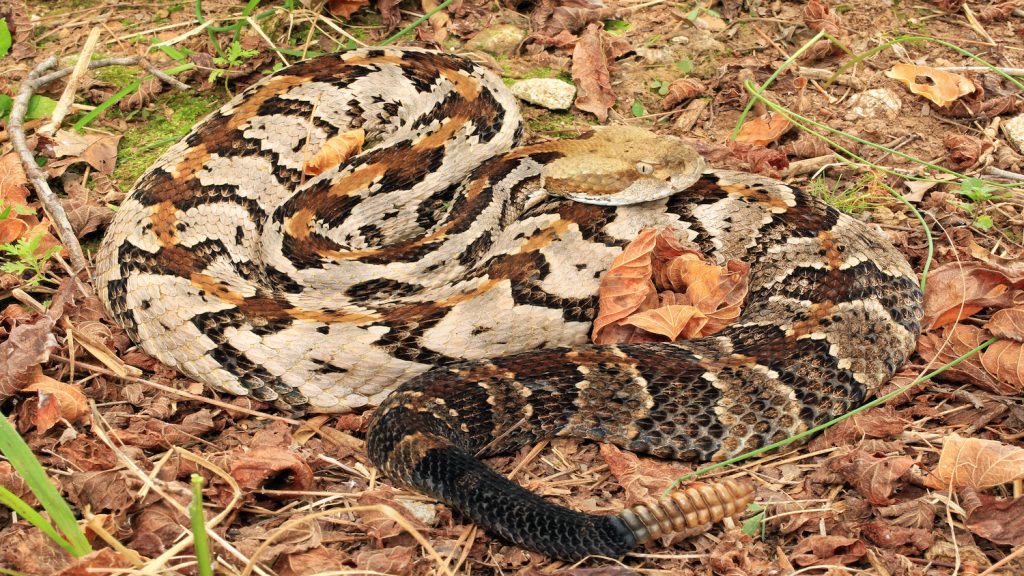Understanding Habitat Connectivity to Inform Conservation Decisions

Principal Investigator: Nicholas Haddad, NC State University
Project Completion: March 2015. This project has now been completed.
Implements Science Plan Theme: 1, 2 and 4
Overview
In the Southeast, where rapid human development is increasingly dividing natural areas, habitat fragmentation and loss threaten the health and even genetic viability of wildlife populations, and interrupt migration routes. Climate change is projected to exacerbate fragmentation by further disrupting landscapes. To make matters worse, it is also expected to shift the range of many species, forcing animals capable of adapting by moving to expand into new areas to find more suitable temperatures and adequate food supplies – a challenge made difficult, if not impossible, by disconnected landscapes. Maintaining connectivity between habitats is a key strategy for conserving wildlife populations into the future, and sound science is needed to inform conservation decisions.
Scientists with the SE CASC, in partnership with the South Atlantic Landscape Conservation Cooperative, assessed current and projected connectivity for three species that inhabit bottomland hardwood forests, a habitat of high conservation concern: American black bear, Rafinesque’s big-eared bat, and timber rattlesnake. Not surprisingly, the study results suggest that under anticipated climate conditions, there will be fewer connections for species to move between suitable habitats.
Moreover, the findings reveal that the connectedness of a future landscape will be species specific. For example, what may be sufficiently connected for a black bear to easily traverse long distances might well prove to be disconnected for a rattlesnake. This suggests a limited ability for managers to use the “umbrella species” concept to make generalized management decisions. The team additionally found that connectivity projections differ based on the model and method being used. Researchers suggest that managers and others use multiple techniques and focus on multiple species to get a more holistic, accurate representation of how species will use a particular landscape in the future and how connections between and among habitats can be strengthened most effectively.
More Information
- Conservation Corridor.org: A website dedicated to advancing the latest information on corridor science and tools for managers who are planning for corridors.
- Nick Haddad quoted December 8, 2016 in Environment & Energy Publishing’s Climate Wire, regarding The Wildlife Corridors Conservation Act of 2016.
- This project also featured on The Wildlife Society website.
- This project is summarized in a Science Snapshot on the NCCWSC website.
